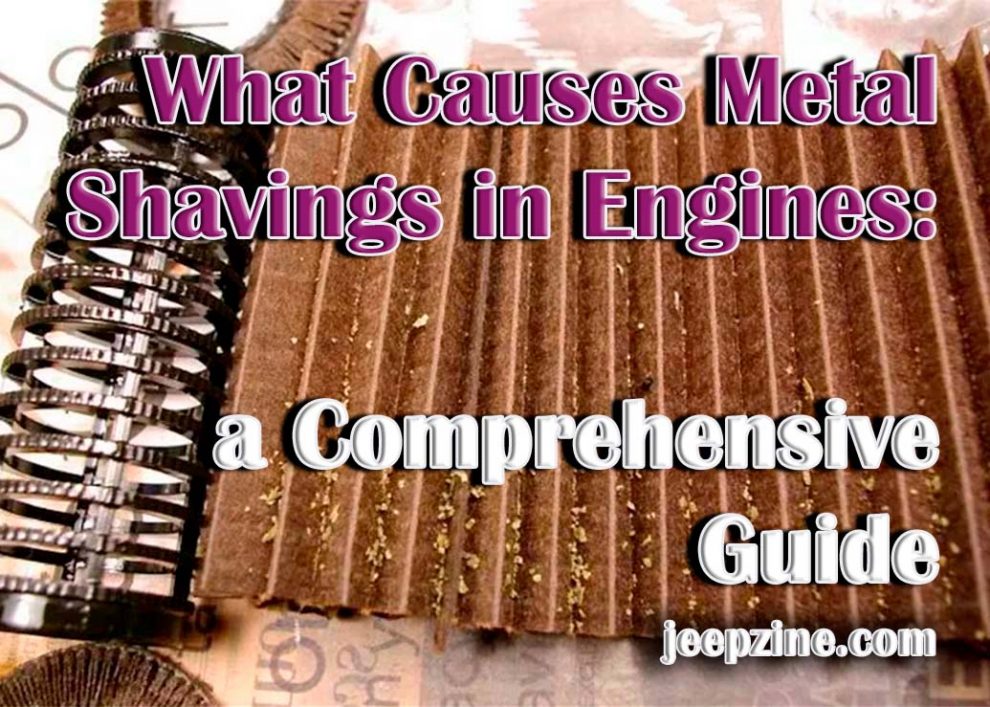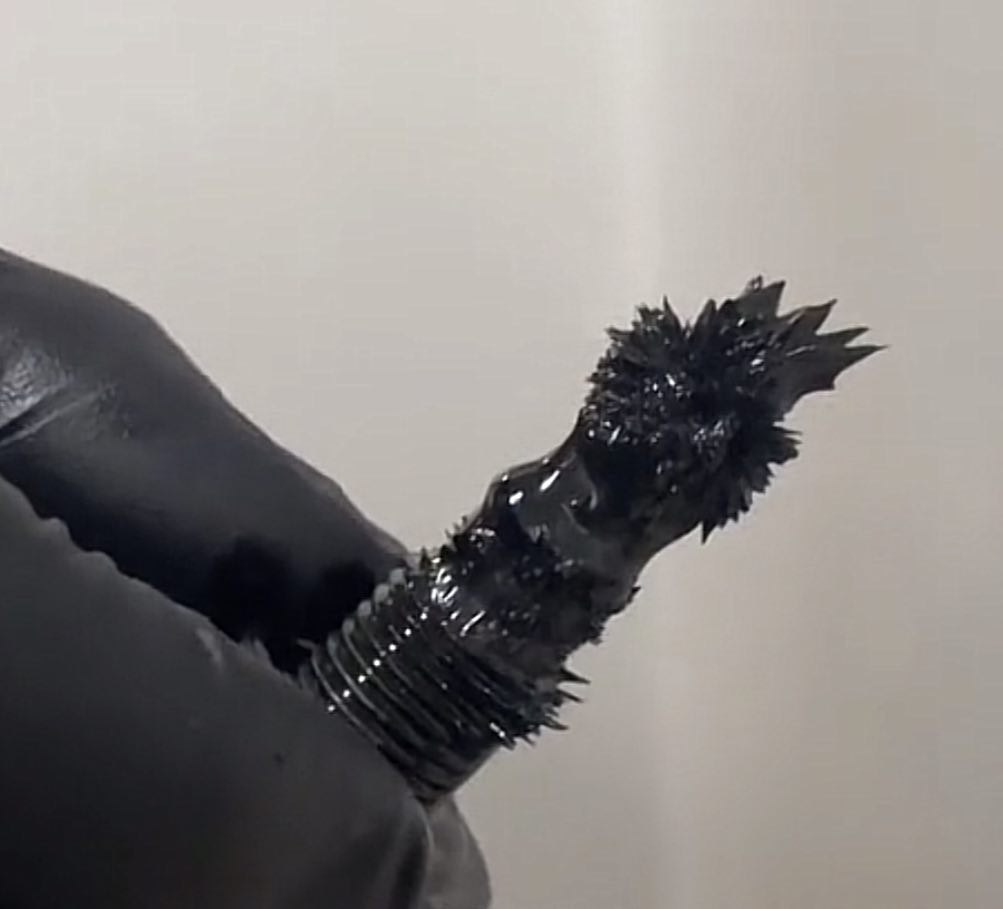Metal shavings in car engines are small pieces of metal worn down over time and collected in the engine as metal-on-metal contact occurs. Metal shavings can come from various sources, including worn-out parts, eroded oil seals, improper lubrication, or even dirt and debris. The presence of metal shavings in an engine can lead to damaging effects, such as reducing the engine’s life and increasing friction between components that could ultimately lead to catastrophic failure. Drivers need to understand what causes metal shavings in their engines so they can take steps to prevent them from accumulating any further and causing damage.
What Causes Metal Shavings in Engine
Metal shavings in an engine can be a sign of serious trouble, as it often indicates that something is wrong with the internal components. Metal shavings are created when metal is worn away from the more delicate parts of an engine, such as bearings and other moving parts. Common causes of metal shavings in engines include:
Poorly Installed/Worn Engine Bearings – Faulty or poorly installed engine bearings can lead to premature wear and tear on the related parts, producing debris and metal shavings.
- Excessive Heat – A poorly functioning cooling system or one that isn’t equipped to handle the heat requirements of an engine can cause it to become excessively hot, leading to accelerated wear and tear on all components, including bearings, seals, and other moving parts. It can produce excessive metal particles in the oil or coolant system.
- Contaminated Oil – Contamination of engine oil with dirt and other debris can weaken its lubricating properties over time, causing additional friction between components which may lead to increased wear on those parts, leading to metal shavings.
- Improperly Seated Motor Components – If components like camshafts, piston rings, or crankcases are not correctly seated during installation, they could produce additional friction during use resulting in accelerated wear on those parts, which could lead to the production of metal shavings as well.
- Defective Parts – Finally, defective parts such as crankshafts, connecting rods, or cylinder walls that have not been machined correctly at their point-of-origin may also create excessive steel particles during use due to their improper design structure.
In any case, metal shavings in an engine are a sign that something is wrong and should be addressed as soon as possible to avoid further damage or expensive repairs.
Warning Signs of Excessive Metal Shaving Build-up in Engine
Excessive metal shaving build-up within an engine can be a concerning indication of potential mechanical issues that require immediate attention. One of the warning signs to watch out for is an increase in engine temperature. If the engine begins to overheat frequently, it could be due to metal shavings obstructing the coolant passages and impeding proper heat dissipation. Another red flag is a noticeable drop in engine performance, such as reduced power, acceleration, or fuel efficiency. Metal shavings accumulating within the engine can interfere with the precise movement of internal components, leading to decreased overall performance.
Additionally, a metallic knocking or grinding noise from the engine compartment could indicate that metal shavings have infiltrated critical areas, causing friction and damage. If these warning signs are observed, it’s crucial to cease engine operation immediately to prevent further harm and seek professional assistance to diagnose and rectify the root cause of the metal shaving build-up.
How to Protect Engines from Metal Shavings Damage
The best way to prevent metal shavings from collecting in an engine is to ensure the vehicle is regularly maintained and serviced. It includes replacing motor oil on time, checking, and changing air filters, and replacing other internal components when necessary. Additionally, it’s essential to watch for any signs of wear or tear in vital parts like bearings or camshafts, as this could be a precursor for excessive metal shaving buildup within the engine. Finally, drivers should ensure that their vehicles are using the correct grade of oil for their make and model – using incorrect oil may lead to accelerated wear on engine components, leading to excessive metal shavings build-up. Regular cleaning can also ensure the longevity of the engine components. How to Steam Clean Engine is an effective method to deep-clean and remove any unwanted residues or contaminants. Also read about the step-by-step process and safety precautions to ensure effective and safe cleaning of the engine.
Conclusion
Metal shavings in an engine can be a sign of serious trouble, as it often indicates that something is wrong with the internal components. Excessive metal shaving build-up can increase friction between parts, resulting in reduced performance and potentially catastrophic failure. Drivers should understand the common causes and warning signs of metal shavings in their engines so they can take steps to prevent further accumulation and mitigate potential damage. Regular maintenance, careful monitoring of wear and tear on parts, and using the correct oil grade are all important factors that will help protect an engine from metal shaving damage.


 Poorly Installed/Worn Engine Bearings – Faulty or poorly installed engine bearings can lead to premature wear and tear on the related parts, producing debris and metal shavings.
Poorly Installed/Worn Engine Bearings – Faulty or poorly installed engine bearings can lead to premature wear and tear on the related parts, producing debris and metal shavings.